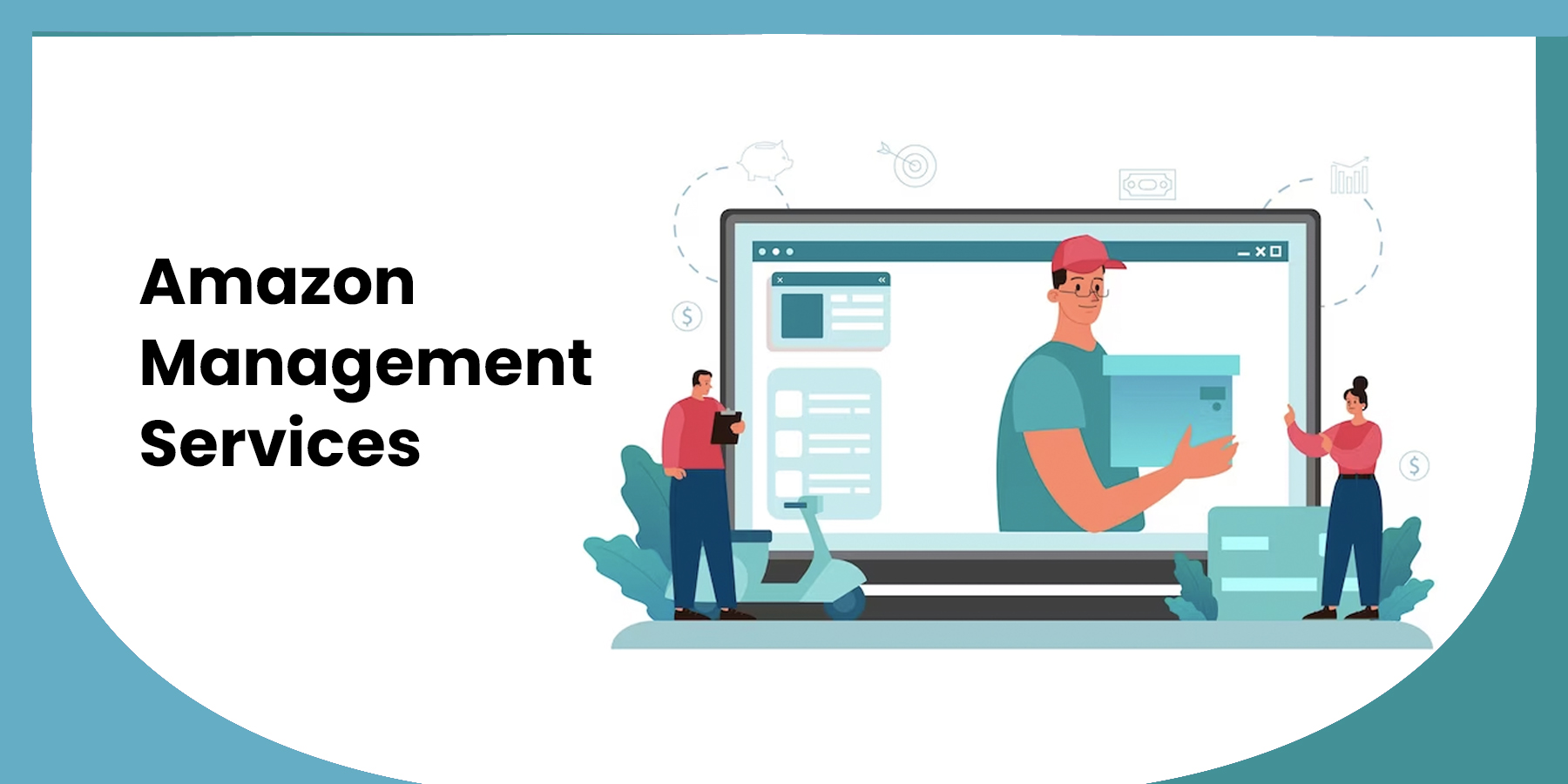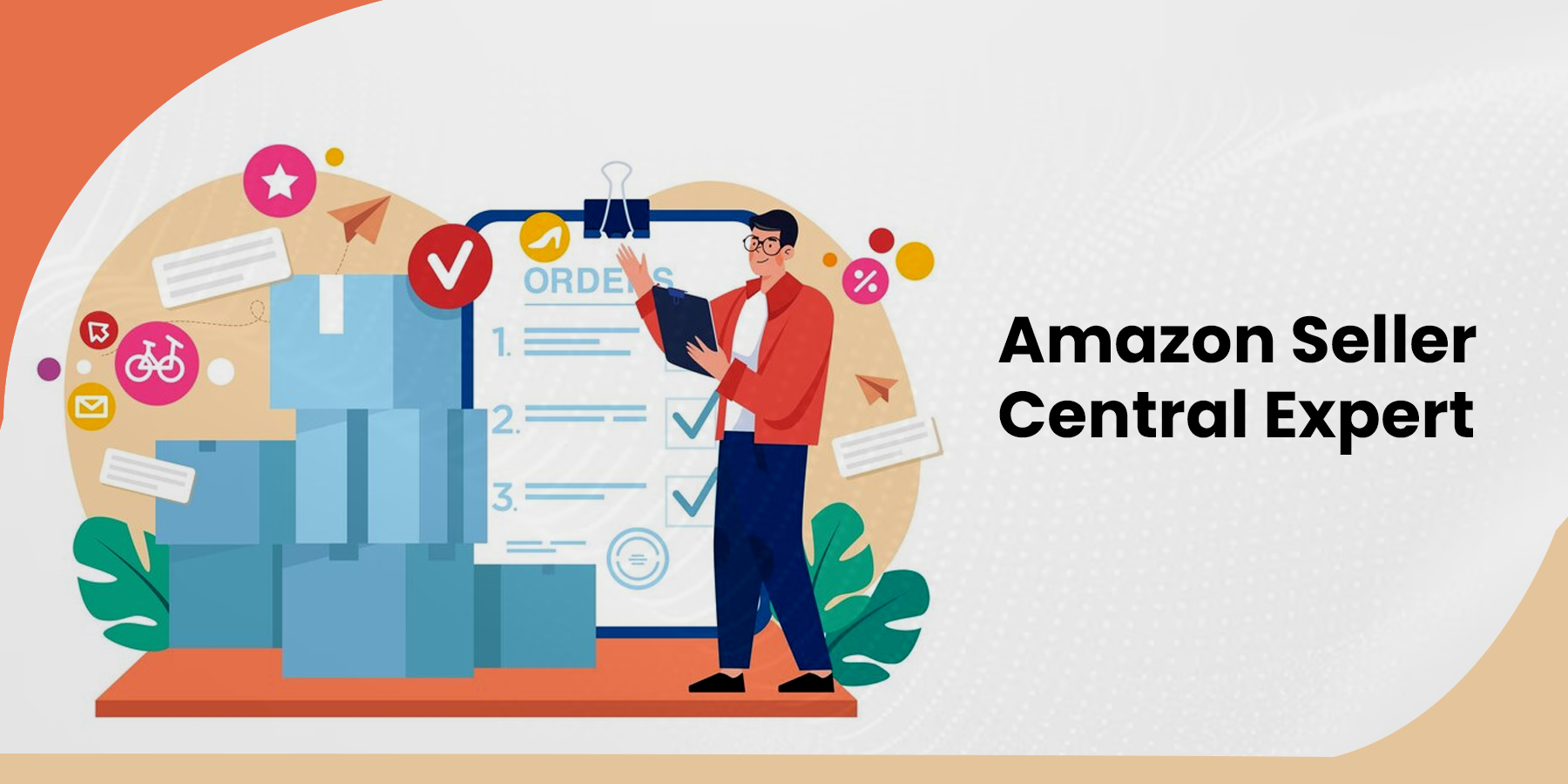It takes more than just selling items and waiting for sales to come in to run a successful Amazon seller store. In the fiercely competitive world of e-commerce, sellers need to use data and analytics to make intelligent choices and improve the performance of their stores.
This article will talk about how analytics are essential to running an Amazon seller store and how they can help you stay ahead of the competition.
Understanding the Power of Analytics
Analytics is the methodical study of data to find patterns and make choices based on those patterns. When it comes to an Amazon seller store, analytics can tell you a lot about how customers act, how to handle your inventory, and how well your marketing works. By using analytics, sellers can find hidden patterns, spot growth chances, and make sure their strategies are working as well as they can so they make the most money.
Key Metrics to Track
There are a few important metrics that Amazon sellers should keep an eye on. These measures give you useful information about how your store is doing and can help you find ways to make it better. Some critical indicators to keep an eye on are:
- Sales Performance: Tracking your sales performance is crucial for understanding your store's overall success. Analyzing sales data can help you identify your best-selling products. Thus, evaluate the effectiveness of your pricing strategies, and identify trends in customer purchasing behavior.
- Conversion Rate: The conversion rate measures the percentage of visitors to your product listing who make a purchase. Monitoring your conversion rate can help you identify potential issues with your product listings, pricing, or customer experience that may be hindering sales.
- Customer Reviews: Customer reviews play a significant role in influencing purchasing decisions on Amazon. Analyzing customer reviews can provide insights into product quality, customer satisfaction, and areas for improvement. Positive reviews can also be leveraged for marketing purposes.
- Inventory Management: Effective inventory management is crucial for maintaining a healthy cash flow and avoiding stockouts or overstocking. Analyzing inventory data can help you identify slow-moving products. Thus, forecast demand, and optimize inventory levels to minimize costs and maximize sales.
- Advertising Performance: If you are running Amazon advertising campaigns, tracking the performance of your ads is essential. Analyzing advertising data can help you evaluate the effectiveness of your campaigns. Thus, identify high-performing keywords, and optimize your ad spend for maximum return on investment.
Read this blog to learn why you should outsource Amazon VA this 2024: Why Amazon Virtual Assistant Services is a Must for Competitive Sellers This 2024
The Benefits of Analytics for Amazon Sellers
Leveraging analytics in managing your Amazon seller store, you can unlock several benefits that can give you a competitive edge in the marketplace:
- Data-Driven Decision Making: Analytics gives you objective facts and insights that can help you make choices. You can use real-time data to make smart choices instead of guesswork or gut feelings.
- Identifying Growth Opportunities: Analytics can help you find new product possibilities, untapped market segments, and new trends. If you know how your customers act and what they like, you can make your products fit their needs and stay ahead of the competition.
- Optimizing Pricing Strategies: Pricing is a very important part of making sales on Amazon. By looking at sales data, you can find the best prices to make the most money while still staying competitive.
- Improving Customer Experience: Analytics can help you understand how customers act, what they like, and where they're having trouble. By getting to know your customers better. Hence, you can improve their shopping experience, address their worries, and earn their loyalty over time.
- Streamlining Operations: You can streamline your business and cut costs by looking at statistics about inventory management, order fulfillment, and shipping. You can be more productive and give your customers a better experience by making your supply chain work better.
Tools for Amazon Seller Analytics
Several tools can help Amazon sellers use data to their advantage. These tools give you detailed reports, analyses, and insights into your data to help you choose based on that data. These are some popular tracking tools that Amazon sellers use:
- Jungle Scout: Jungle Scout offers a suite of tools for Amazon sellers, including product research, keyword tracking, and sales analytics. It provides valuable insights into market trends, competitor analysis, and product performance.
- SellerApp: SellerApp is an all-in-one analytics platform for Amazon sellers. It offers features such as product research, keyword tracking, PPC optimization, and inventory management. SellerApp's analytics dashboard provides a comprehensive overview of your store's performance.
- Helium 10: Helium 10 is a popular suite of tools for Amazon sellers, offering features such as keyword research, listing optimization, and inventory management. It also provides powerful analytics capabilities to help you track and analyze your store's performance.
- AMZScout: AMZScout offers a range of tools for Amazon sellers, including product research, keyword tracking, and sales estimation. Its analytics features provide valuable insights into market demand, competitor analysis, and sales performance.
Conclusion
Analytics is a very important part of running an Amazon selling store. By keeping track of and studying key metrics, sellers can learn a lot about how their Amazon seller store is doing. Thus, find ways to make it bigger, and make their strategies more profitable. In the ever-changing world of e-commerce, using data tools can give you an edge over your competitors.
If you are looking for an expert to help you set up a store on Amazon, Amazon Listing Services is here for you. We have a team of expert professionals who are ready to assist you in creating an Amazon store and helping you out with Amazon store management. So, what are you waiting for? Talk to us today and grow your Amazon seller store to even greater heights.












